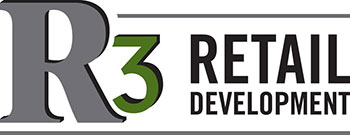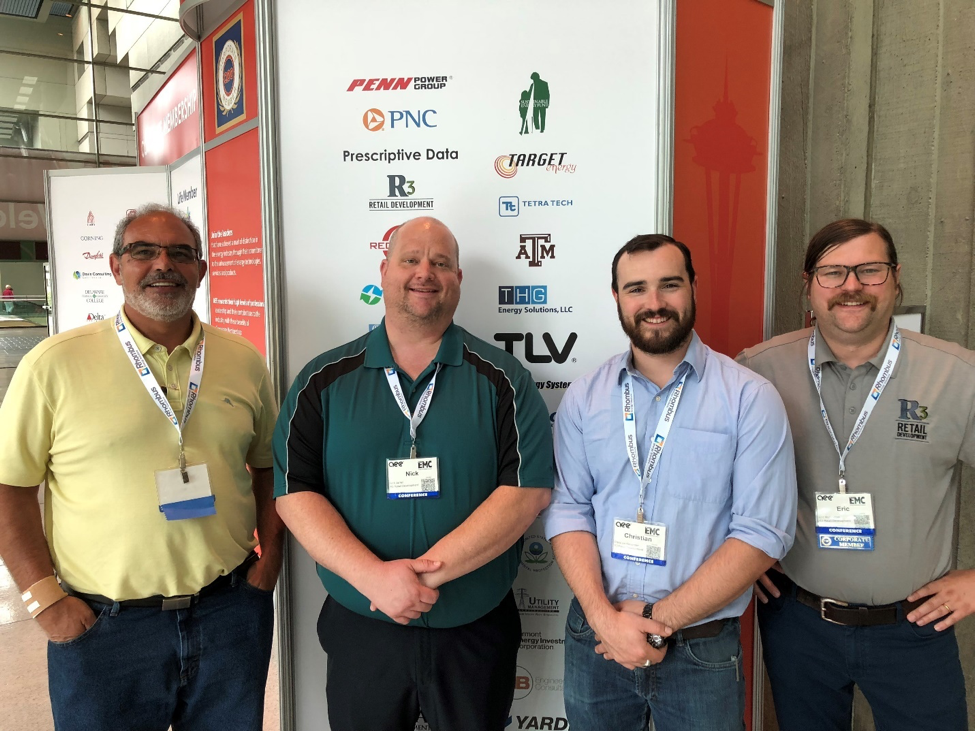In June we sent four of our team to the 36th Energy Management Congress 2018 in Seattle. Here is what they each had to say about their experience.
Rick Ferguson, Owner – We attended a very informative presentation regarding maximizing energy efficiency in rooftop HVAC units. We had the opportunity to eat lunch with Len Beyea, who was the presenter, and enjoyed talking about his experience. The presentation was an eye opener on how these systems are generally ignored regarding controls, schedules and maintenance. The solutions offered for common issues were on point and relatively simple if made a priority. We can use this knowledge to help our customers not only save energy, but to be more comfortable and avoid costly unit maintenance and replacements.
I enjoyed several of the commissioning and retro-commissioning presentations and the innovative ways people are getting data from legacy EMS systems and using software tools for commissioning and energy management.
I enjoyed a video and discussion by an executive at Boeing about teams at various plants trading roles and the interesting and beneficial lessons that were learned and how each team improved when returning to their plant.
Nick Jarrell, Technical Development Manager- The energy conference was a great experience for our team. The sessions were very relevant to our profession, and I enjoyed learning about new technologies and changes in energy distribution.
A main takeaway for me is the forward trend that will take energy that was historically managed and distributed by public utilities to the hands of private commercial and individual/residential sectors. This is especially true in the solar energy market. In that example, you could literally buy and sell energy to and from your neighbors and bypass the utility side. As technologies improve and expand, this will also be available for hydro, wind and other means of energy. I look forward to seeing how this will impact our economy and livelihood.
Christian Alexander, Optimization Project Manager – The conference was a great way for me to network and meet other professionals in this industry.
The seminars I went to were enlightening to see new technologies in the field available. One seminar I went to discussed the intersection of completing lighting design, while managing your customer to maximize the benefit of the energy efficient lighting. This was great, as it directly applies to our T24 lighting schedules to save energy. Sometimes, managers prefer to stock in 100% lighting, defeating the conservation lighting schedule we implement.
It was fascinating to see newer, more-friendly interfaced measurement and verification tools are now available on the market. Some of these interfaces give you visibility on wider ranges of settings to view your data from multiple perspectives.
Eric Mullendore, Design and Implementation Specialist – Key Note Speakers all focused in one way or the other on the way technological and policy developments were putting the energy industry in an ongoing state of change. Maria Tikoff Vargas (Director of Better Buildings Challenge, US Dept of Energy) stood out for her insights into how important well-informed, motivated energy managers were to saving energy and how much energy managers have to learn from one another. For example, the Better Buildings Challenge SWAP series takes teams from various organizations (i.e. Hilton Hotels and Whole Foods) and ‘swaps’ them to provide new perspectives on ways to improve facility energy efficiency.
You can’t improve what you don’t measure: There were several talks and numerous vendors highlighting the value of submetering your building systems. By adding power meters to individual pieces of lighting, HVAC and refrigeration equipment or subsystems, the building operator can detect abnormal conditions and address the underlying causes much more quickly. Submetering also allows you to more reliably assess the impact of operational and equipment changes. The cost of submetering has dropped substantially in the last few years and some pieces of equipment (light fixtures, actuators, etc.) are now available with integral submeters that could communicate with a BMS.
Several speakers, including the 4 resource conservation specialists from Seattle Public Schools and a commissioning agent named John Salas from Salas O’Brien, demonstrated the value of on-going and retro-commissioning existing facilities. Both presentations highlighted the value that extending EMS control to the subsystem and even individual equipment level brought. More granular control increased energy savings potential and allowed for more granular analysis of equipment operations. Both presentations also drew attention to how important it was to have a team focused on turning the information collected via an EMS into corrective actions.

